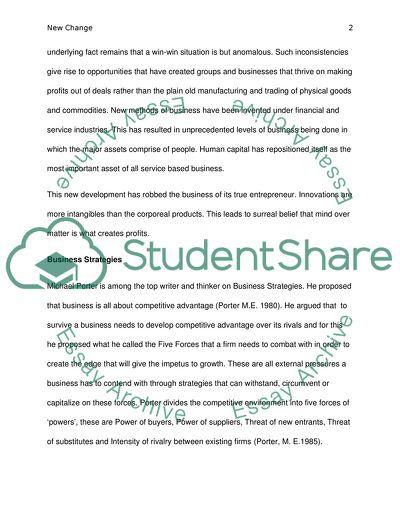Cite this document
(The Leader and Change Agent in Action Coursework, n.d.)
The Leader and Change Agent in Action Coursework. https://studentshare.org/human-resources/1717606-the-leader-and-change-agent-in-action
The Leader and Change Agent in Action Coursework. https://studentshare.org/human-resources/1717606-the-leader-and-change-agent-in-action
(The Leader and Change Agent in Action Coursework)
The Leader and Change Agent in Action Coursework. https://studentshare.org/human-resources/1717606-the-leader-and-change-agent-in-action.
The Leader and Change Agent in Action Coursework. https://studentshare.org/human-resources/1717606-the-leader-and-change-agent-in-action.
“The Leader and Change Agent in Action Coursework”. https://studentshare.org/human-resources/1717606-the-leader-and-change-agent-in-action.


